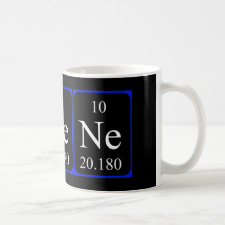
Authors: Ballesteros-Gómez A, Rubio S, Pérez-Bendito D
Article Title: Analytical methods for the determination of bisphenol A in food.
Publication date: 2009
Journal: Journal of Chromatography A
Volume: 1216
Issue: (3)
Page numbers: 449-469.
DOI: 10.1016/j.chroma.2008.06.037
Alternative URL: http://www.sciencedirect.com/science/article/B6TG8-4SWWT53-5/2/598215d3d8c63a0ca6bd12fff3ca008c
Abstract: Food constitutes the primary route for human exposure to bisphenol A (BPA), one of the highest volume chemicals produced worldwide. The estrogenic properties of BPA, its wide dispersive use and the recent extensive literature describing low-dose BPA effects in animals, have raised concerns about its possible adverse effects on human health. A reliable health risk assessment of BPA relies basically on its unambiguous identification and accurate quantification in food, and the aim of the present review is to give an overview of the analytical methods reported so far for the determination of BPA in these matrices. Emphasis is placed on the main strategies developed for sample treatment, which usually consists of several laborious and time-consuming steps in order to achieve the required sensitivity and selectivity. Separation, identification and quantitation of BPA is today reliably made with mass spectrometric methods, namely liquid chromatography-mass spectrometry (LC-MS) and gas chromatography-mass spectrometry (GC-MS), and thus main attention is devoted to these techniques, but other methods using LC coupled to fluorescence or electrochemical detection, as well as immunochemical methods are also covered. Recent and expected future developments are discussed
Template and target information: bisphenol A, BPA
Author keywords: bisphenol A, review, endocrine disrupters, food analysis, Sample treatment, mass spectrometry, chromatography



Join the Society for Molecular Imprinting

New items RSS feed
Sign-up for e-mail updates:
Choose between receiving an occasional newsletter or more frequent e-mail alerts.
Click here to go to the sign-up page.
Is your name elemental or peptidic? Enter your name and find out by clicking either of the buttons below!
Other products you may like:
 MIPdatabase
MIPdatabase









